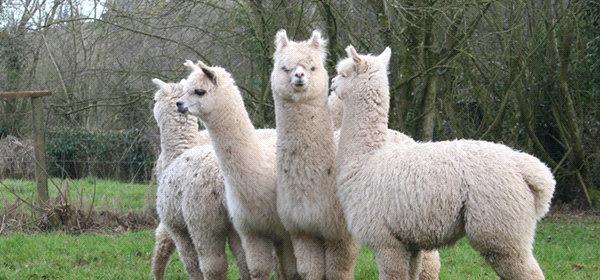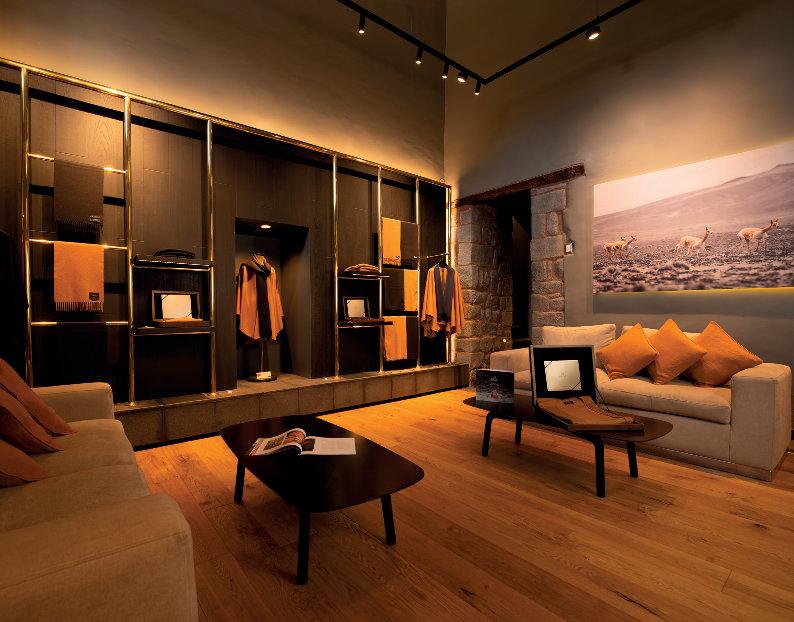Big Sky Stallone’s broken leg By Michelle Malt - Big Sky Alpacas Stallone was born to a maiden female a few weeks earlier than expected, based on ma�ng dates, so I had been monitoring him fairly closely. We had another male cria a few days younger, in addi�on to two female cria (one orphaned), and the maternity group also comprised a couple of tui females. Our orphaned cria was s�ll on bo�le feeds, and I had been ‘topping up’ Stallone with the occasional bo�le as he hadn’t been gaining weight at a rate I felt comfortable with. It was mid December, when stormy weather is not uncommon. The group had access to a shed, but it was a �ght fit for everyone to be undercover. The previous night there had been a storm, and my mother-in-law had reported that each of our herd groups had taken shelter during the storm. Having been away for a couple of days, I was keen to check on Stallone, and as I walked into the paddock he wasn’t in a hurry to stand, which concerned me even further. I assisted him, and then I no�ced that he wasn’t bearing any weight on his le� hind leg, and it appeared to be “swinging in the breeze”. I knew that this was not normal, so I carefully gathered him up, placed him on a dog bed in the back of my car, and called the vet surgery as I drove from the shed to the house. We are located just over an hours drive from our vet surgery, so we determined an approximate arrival �me, and my father-in-law drove the car while I nursed Stallone, suppor�ng his leg as best I could. I had decided to purchase “The Glove Box Guide to Alpacas” by Dr Jane Vaughan as a Christmas present for our vet prac�ce, and as luck would have it, it had arrived in the mail that day. I took it into the surgery with Stallone, and explained to our consul�ng vet that it was their Christmas present, and I thought it might come in handy that day (it did!). A�er an examina�on and several X-rays, it was determined that Stallone’s leg was broken. We discussed op�ons: to splint and bandage (not recommended as suitable given the limb could not be immobilised); surgery to repair – which had not been performed on an alpaca at our surgery before, but they were prepared to try; and referral to a specialist – with some uncertainty as to whether the referral prac�ce would a�empt surgery on an alpaca.
I made a few phone calls to fellow breeders to seek advice on whether they had been through similar experiences, and if so, what the outcome had been. I didn’t want to put Stallone through surgery and recovery if a successful outcome was unlikely, and yes, cost was a considera�on too. I’d like to thank Natasha Clark from Kurrawa Alpacas for her advice, and for recalling that Margaret Hassall from Double-H Alpacas had some experience in this type of injury, and fortunately I was able to speak to Margaret quickly and she advised there had been several successful recoveries from broken legs – rear and front legs – in their herd over the years. The decision was made to proceed with the opera�on, and with some trepida�on, we le� Stallone at the vet surgery and travelled home. (Mind you, he was in safe hands, and receiving lots of a�en�on.)
24













